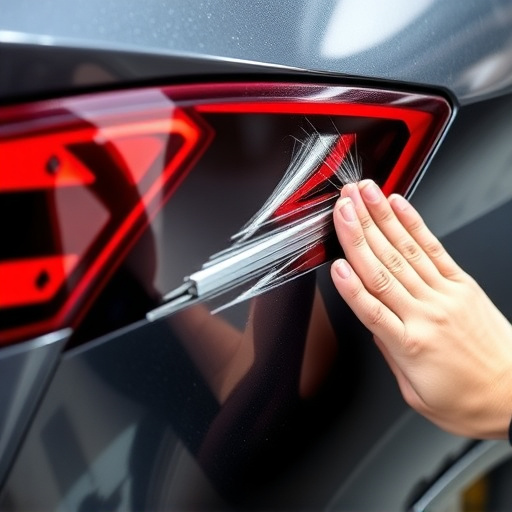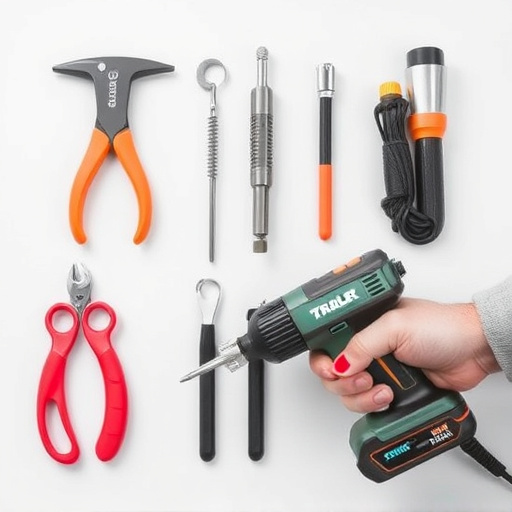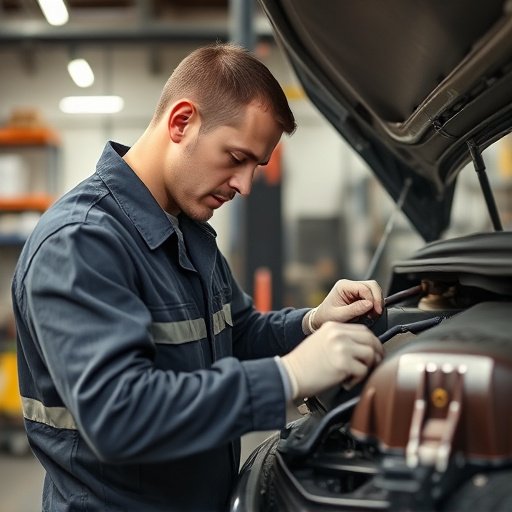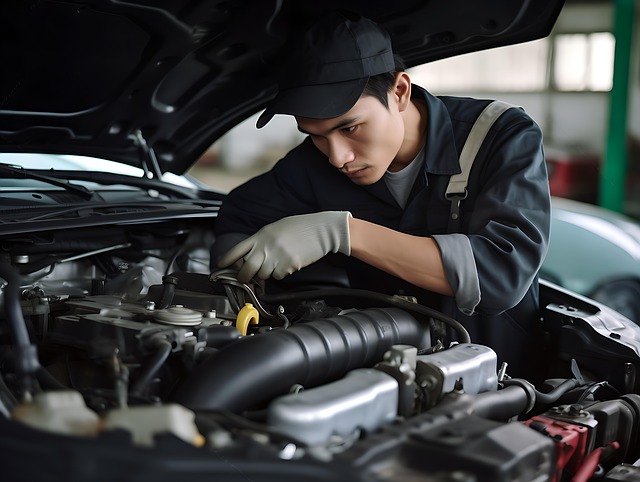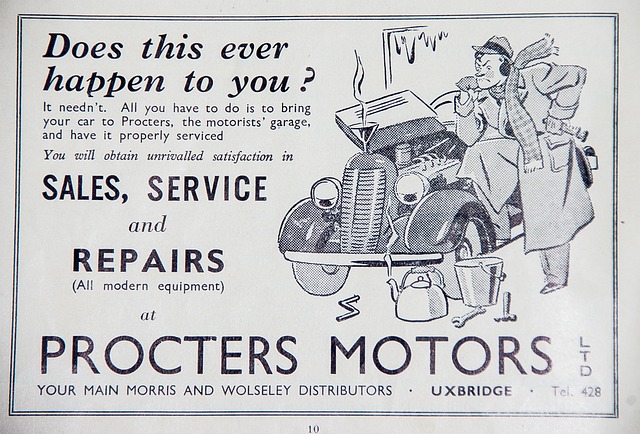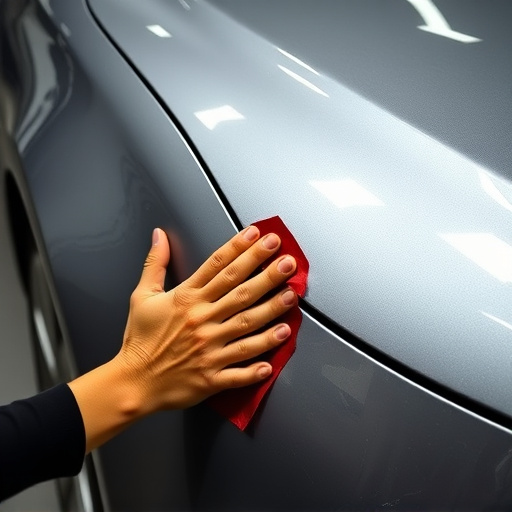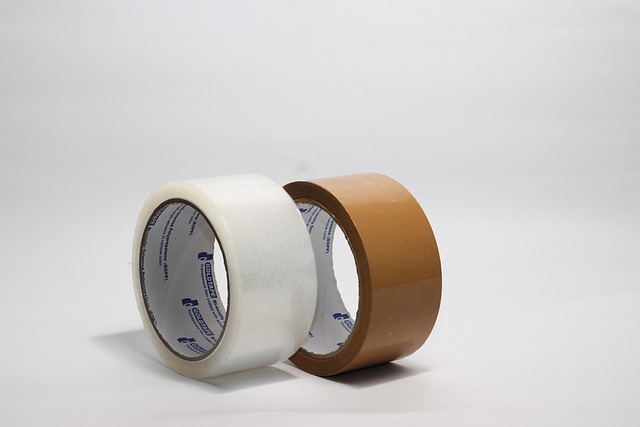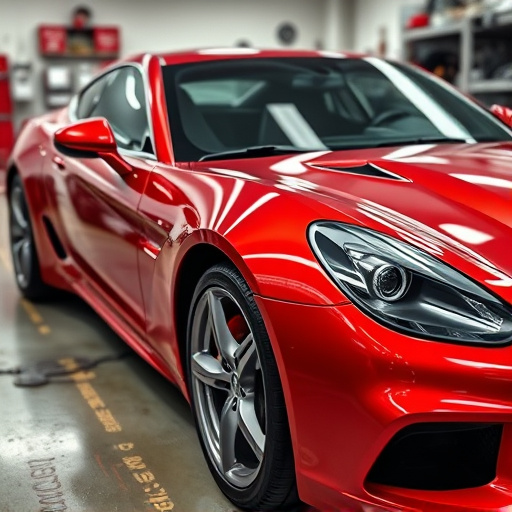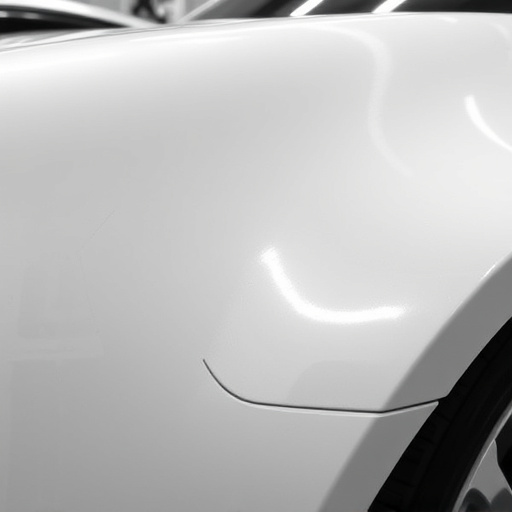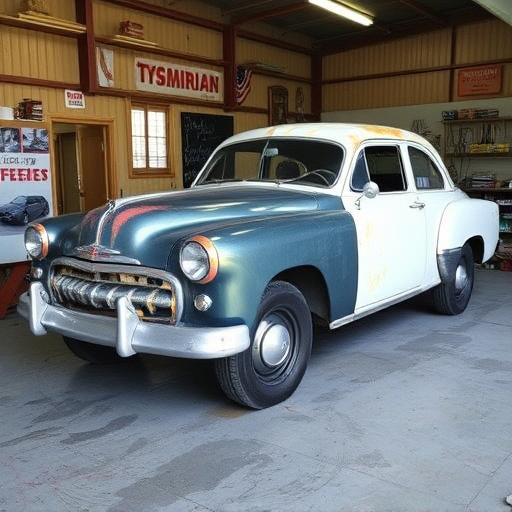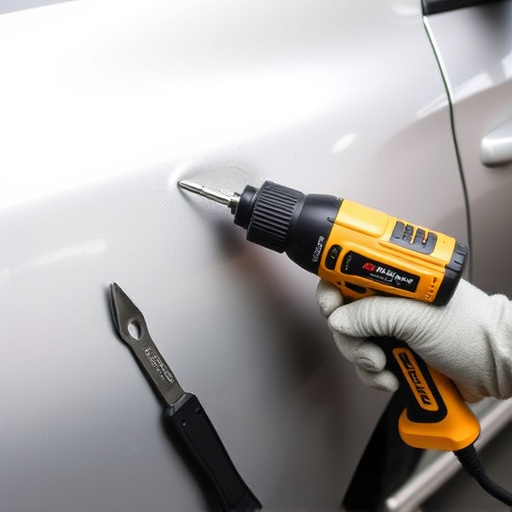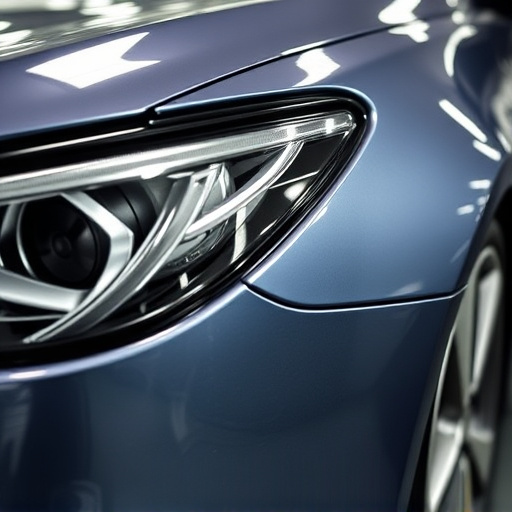Corrosion protection costs vary based on severity of existing corrosion, chosen method (washing, waxing, coatings, galvanization), vehicle design complexity, and environmental conditions. Strategic budgeting considers age, condition, use, and unique needs. Size, materials, environmental factors, and existing corrosion levels determine project cost. Coating choices like paint or galvanization impact costs significantly. Regulations and future maintenance needs should be integrated into the budget. Prioritize high-risk areas, implement regular maintenance, use durable materials, and advanced painting techniques for effective long-term corrosion protection.
In today’s industrial landscape, effective corrosion protection is paramount for preserving assets and minimizing maintenance costs. However, understanding and budgeting for corrosion protection can be complex due to varying costs influenced by multiple factors. This article guides you through essential aspects of corrosion protection cost factors and offers strategic tips for efficient budgeting. By delving into these key areas, organizations can implement cost-effective measures, ensuring long-lasting asset integrity.
- Understanding Corrosion Protection Costs
- Key Factors Influencing Budgeting
- Strategic Tips for Cost-Effective Measures
Understanding Corrosion Protection Costs
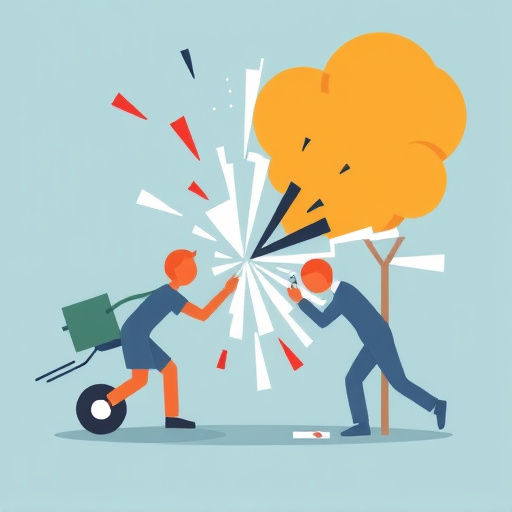
Understanding Corrosion Protection Costs
Corrosion protection is a vital aspect of maintaining any vehicle, from classic cars to modern trucks and SUVs. The costs associated with corrosion protection can vary significantly based on several factors. One of the primary considerations is the extent of corrosion already present on the vehicle’s body panels, frame, and undercarriage. Severe corrosion will necessitate more extensive repairs, including auto body repairs or even replacement parts, which can drive up the overall cost. Additionally, the type of corrosion protection chosen—whether it’s a simple wash and wax routine or more advanced treatments like protective coatings or galvanization—will directly impact the budget.
Another critical factor is the frequency of treatment. Regular upkeep through frequent washing, undercoating applications, and topcoat reapplication can prevent future damage and reduce long-term costs compared to neglecting corrosion issues. Moreover, the complexity of the vehicle’s design and the accessibility of certain parts can influence labor costs for auto body repairs or application of corrosion protection treatments. For instance, cars with intricate curves or hard-to-reach crevices may require specialized tools and techniques, adding to the overall price tag. Considering these variables, budgeting for corrosion protection should be a strategic process that aligns with the vehicle’s age, condition, and intended use, such as in the case of car repair services or automotive repair services.
Key Factors Influencing Budgeting
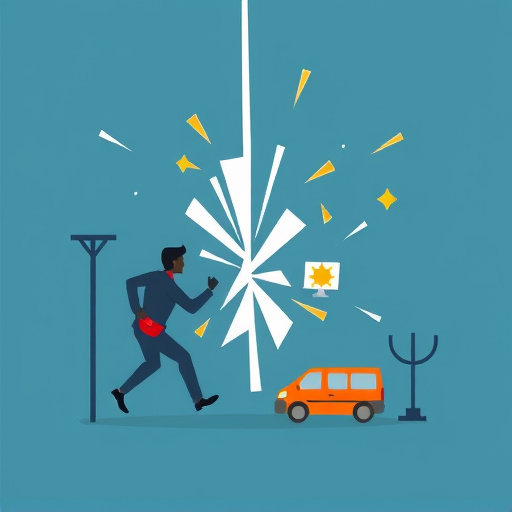
When budgeting for corrosion protection, several key factors come into play. These include the size and scope of the project, the type of materials used, environmental conditions in which the structure or vehicle will be operated, and existing corrosion levels. For instance, a large industrial facility will require different strategies and spend more on corrosion protection compared to a small residential building or car body shop dealing with hail damage repair.
Moreover, the choice of coating or treatment—whether it’s a protective paint job, galvanization, or specialized coatings for automotive body work—significantly impacts costs. Environmental regulations and compliance standards also play a role, as do future maintenance needs. A well-planned budget should account for these variables, ensuring long-term corrosion protection without exceeding financial limits.
Strategic Tips for Cost-Effective Measures
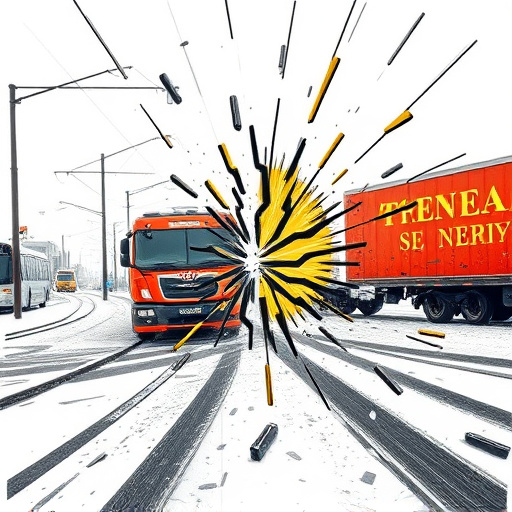
When implementing corrosion protection measures, a strategic approach is key to staying within budget while ensuring maximum effectiveness. Prioritize high-risk areas—like underbody components and exposed metal surfaces—to prevent early deterioration. This targeted strategy allows for efficient allocation of resources, minimizing costs by focusing on critical points.
Regular maintenance, such as washing and inspecting vehicles at set intervals, can catch potential issues early. Additionally, choosing durable materials and corrosion-resistant coatings during auto body repair or collision repair center visits can significantly extend the lifespan of a vehicle, reducing long-term replacement expenses. For instance, considering advanced auto painting techniques with protective additives can offer better resistance to rust and corrosion compared to traditional methods.
Corrosion protection is an essential investment for any asset management strategy. By understanding the factors that influence costs and employing strategic budgeting tips, organizations can effectively plan and allocate resources. Navigating these considerations will not only ensure long-lasting protection but also optimize financial outcomes in the realm of corrosion prevention. Remember that informed decision-making is key to avoiding costly repairs down the line.
